Fluid & Heat Blog Posts
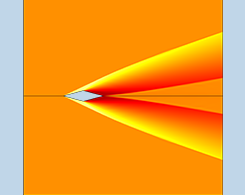
How to Model Supersonic Flows in COMSOL Multiphysics®
Learn about the different types of sonic flow and how to calculate the angle and Mach number of a shock wave in order to model the supersonic flow around an object, such as a diamond airfoil.
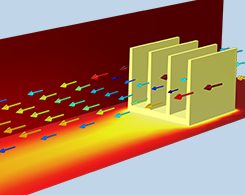
Comparing 2 Approaches for Modeling Electronic Chip Cooling
We go over 2 modeling approaches for electronic chip cooling problems. 1 way models the solid parts and a Convective Cooling boundary condition, while the other option includes an air domain.

Efficiently Analyze Acoustic Streaming with Multiphysics Modeling
Acoustic streaming is when sound waves are used to generate steady fluid motion. You can use multiphysics modeling for an efficiency way to analyze this phenomenon.
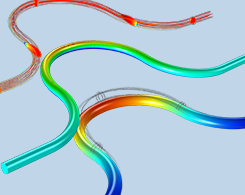
Modeling Aeroacoustics with the Linearized Navier-Stokes Equations
Get a comprehensive introduction to aeroacoustics modeling, as well as the linearized Navier–Stokes equations and how to implement them in COMSOL Multiphysics®.
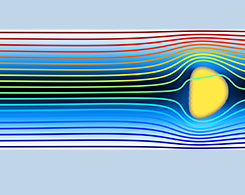
Investigating the Behavior of an Ancient Organism with CFD Simulation
Researchers used CFD simulation to study the behavior of an ancient organism called the Parvancorina in order to learn more about the ecosystem of the Ediacaran period, 635–541 million years ago.
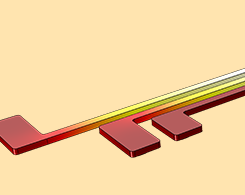
Optimizing the Design of Thermal Actuators for Use in Microsatellites
Microsatellites are replacing traditional large satellites in aerospace missions for gathering scientific data. Using simulation, we can optimize an important component of these devices.
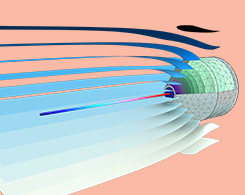
Analyzing a Probe Tube Microphone Design with Acoustics Simulation
Probe tube microphones are an important component in hearing aids. Learn about how you can use acoustics modeling to analyze the design and predict the performance of these devices.
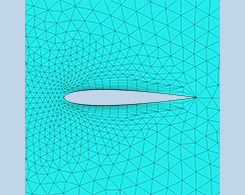
Which Turbulence Model Should I Choose for My CFD Application?
Modeling turbulence in the COMSOL® software? Find out which turbulence model you should use, depending on your CFD modeling scenario.
